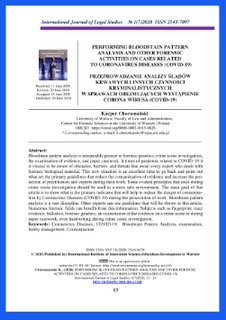By Ulla D. Berg, and Sebastian K. León
Each year the United States government detains and deports hundreds of thousands of people who prior to their removal are held in confinement for an average of 55 days. The short and long-term effects of the coronavirus pandemic on migrant detention and deportation continue to be evaluated in real time, including how we can best study it. This paper provides a timely analysis on the relationship between immigration enforcement and confinement, public health emergencies, and ethnographic methods. It makes two contributions. The first is methodological and focuses on the challenges and opportunities of ethnographic methods in carceral settings when pandemic-related protocols have raised additional challenges to conventional in-person prison ethnography. The second contribution is empirical and documents how we adapted ethnographic methods to an interdisciplinary research design and to the exigencies of the pandemic to study the spread of the coronavirus in four immigrant detention facilities in New Jersey, USA.
EthnographyVolume 25, Issue 3, September 2024, Pages 314-334
















